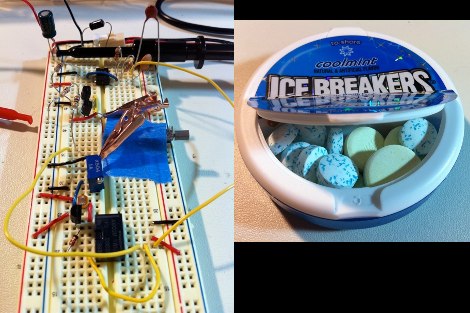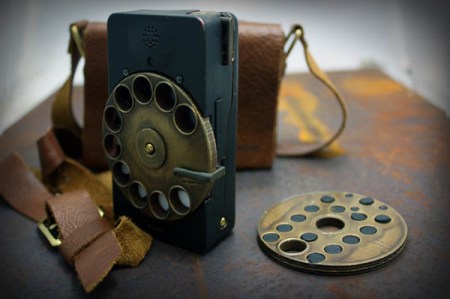
The Pour Master Pro is a beer pouring robot, designed and built by a team of beer/robot lovers as their entry to the Red Bull’s Creation Contest. Pour Master keeps it simple (opposed to some of the other bar bots we have seen), it uses a modified kegerator and tap for the beer, and a few sensors which it uses to maintain its state and pour the perfect beer. The standard tower on the kegerator was replaced with a rack and pinion driven tower constructed using the Vex Robotics Design System, this allows the Pour Master to set its height to the size of any glass using a limit switch and a set of ultrasonic rangefinders.
For a perfect pour the beer must not spill over the side of the glass and needs a decent 3/4″ head, to manage this the Pour Master uses the ultrasonic rangefinder to detect the thickness and height of the head. The entire thing is controlled by an Arduino running a finite state machine which provides state feedback to the user with an LCD display. Check out the video after the break for their competition entry, now all you need is one robot to make the beer and why not another to drink it.














